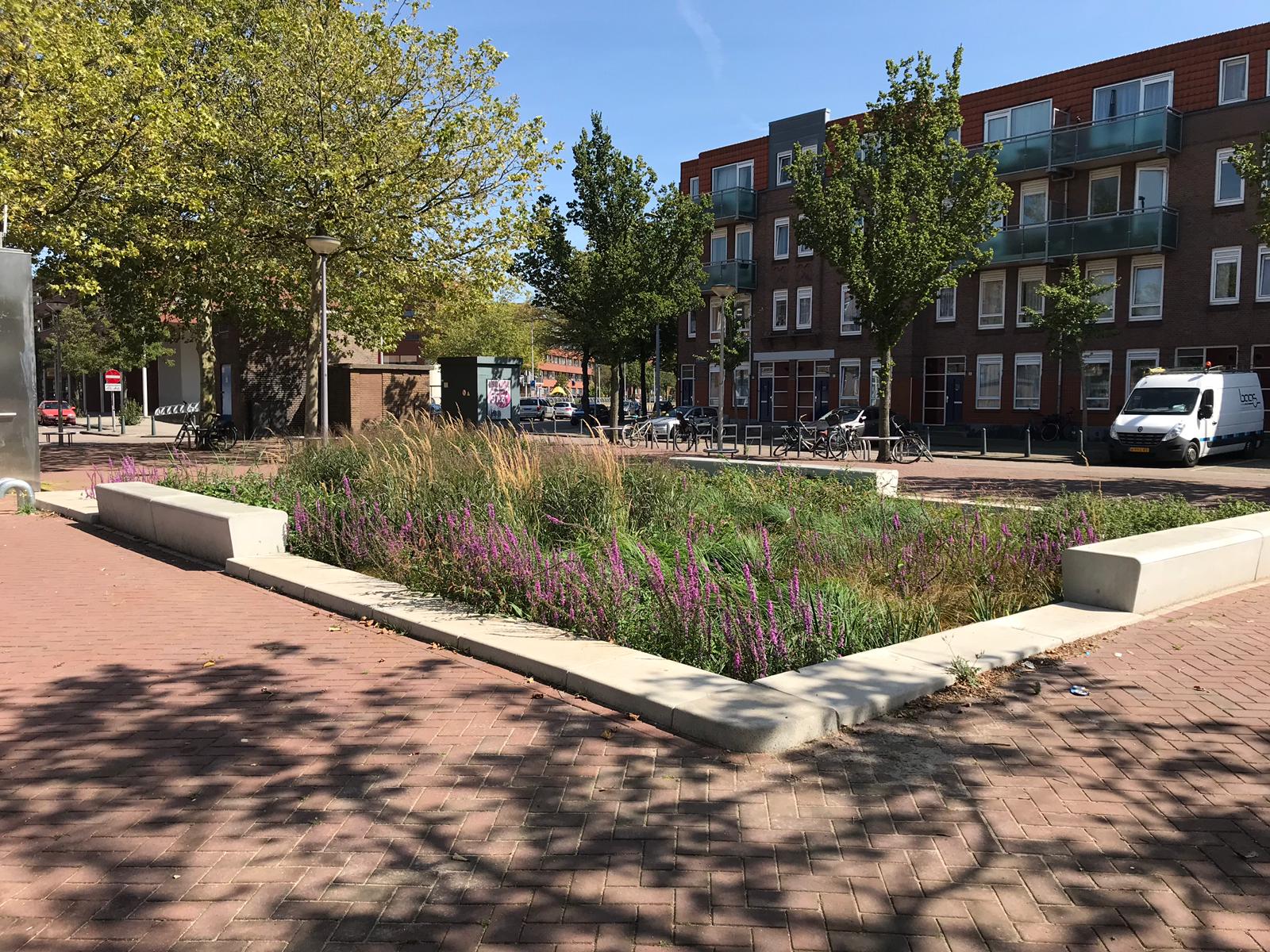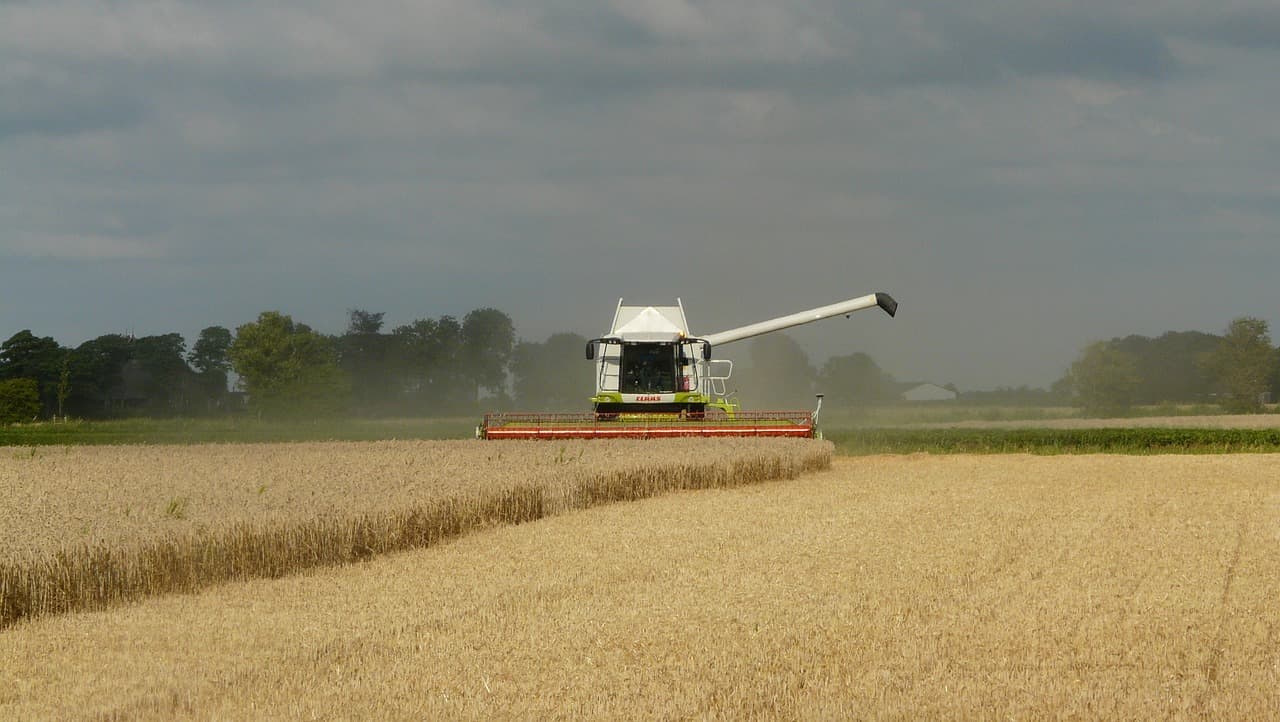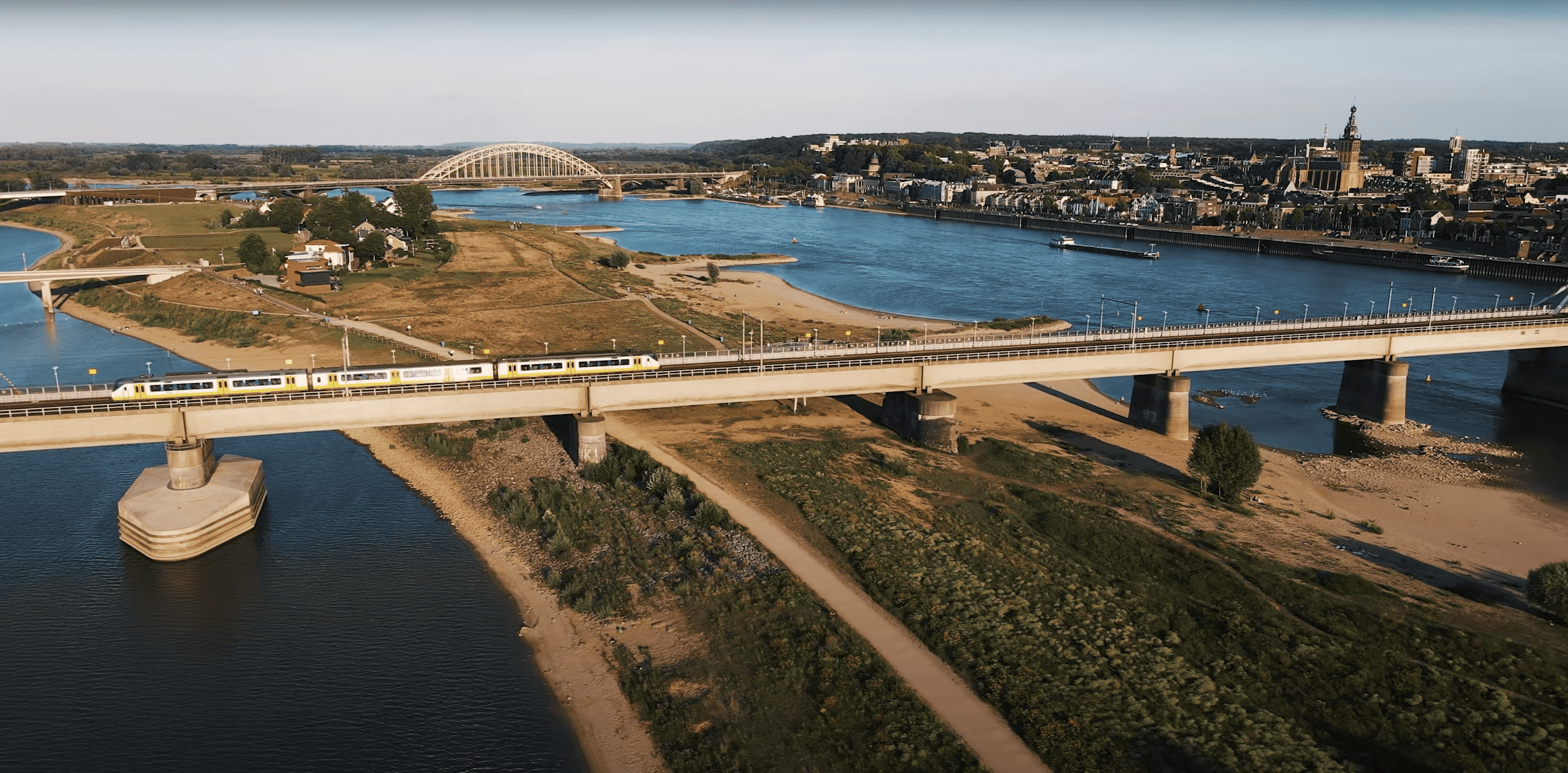
With what has turned out to be another dry year so far, it seems that the water reservoir as a solution is more topical than ever. There are plenty of opportunities to store water deep in the ground that can later be reused. Not only can something be done about the increasing ‘mismatch’ between supply and demand for water, but also about subsidence.
The Netherlands has traditionally been known for its sound water management. This was primarily a fight against water in the lowlands but is increasingly becoming an attempt to conserve water in the event of a drought. This is a matter that has mainly arisen over the past few summers and one that is likely to become an issue this year as well.
An important instrument for sustainable water use could be the ‘urban water buffer’ (as in reservoir), located deep underground. A map of potential opportunities (‘kansenkaart’ in Dutch) has been drawn up for this. Particularly along the coast, there is ample potential ground available for storing large quantities of water at depths of several dozen meters. It is not the ideal solution, says Maarten Kuiper on behalf of opportunity map developer Wareco Ingenieurs, yet its scalability means that it definitely should be taken into consideration.
Recycling water on a local level
“In principle, the main aim is to organize a local recycling system for the water buffer. That means collecting rainwater, draining it and purifying it for storage underground, and then reusing it when needed.”
It is an alternative to the aboveground storage of rainwater, for which there is only limited space. Kuiper: “It’s quite crowded there aboveground and the first few meters below ground too. There are roads, trees, buildings, foundations, pipelines, roots, you name it. In the deeper subsurface, at roughly thirty meters, you do not have to deal with any of that. You could use layers of sand where water can be stored for quite a while. It’s a very natural system. It is important that the water is properly purified beforehand. The opportunity map shows where this is quite feasible. It depends on the condition of the soil and the groundwater levels.”
Apart from the fact that it can be done, a reservoir like this could also be useful on a local scale. “The Sparta football club in Rotterdam is a good example. Water stored underground is used instead of tap water for watering their fields. The rainwater is purified naturally in a beautiful green zone.”
Pijnacker: subsidence
The water reservoir was initially developed as part of a research project which provided insight into what works and what doesn’t. In the Dutch town of Rheden close to the Veluwezoom national park, the problem is quite different. As it is often flooded there. Water flows down there and infiltrates the deeper soil. Kuiper: “Of the three purification steps, two did not succeed. The drain blocked up too quickly. There is scope for research to try out these kinds of things and find out what happens. That helps us to design more reliable systems now.”
A third project is planned next year in Pijnacker-Nootdorp. This is another example of a mismatch between water supply and demand, but then specifically about being able to maintain adequate groundwater levels to prevent subsidence.
Jolanda Alsemgeest of the Pijnacker-Nootdorp municipality states that this concerns Klapwijk, a residential area on marshland where the water buffer is being introduced in phases as an option. “It is a 30-year-old neighborhood where, due to, for example, inconsistent sedimentation, the sewage system no longer works properly. Since the construction of the neighborhood, flexible plumbing connections have been made and extra pump stations have been installed. So many things have been tinkered with that there is now nothing left to do but undertake a large-scale renovation. This has to take place in this suburb much sooner than what’s normally the case.”

60% level of efficiency
Years ago, together with the Delfland Water Board, the municipality developed a preliminary water climate plan for the entire municipality. The construction of water buffers is an important part of this plan.
“Three are planned. Each is a large underground bubble, so to speak, an idea that stems from horticulture. In the event of a drought, we can pump the water up. With an efficiency level of 60%, which means we’ll be able to manage groundwater levels with less fluctuation. Then, hopefully, the sedimentation will also be less hard, but this is the theory. It has to be demonstrated in practice whether this effect is attainable. The sedimentation is 80 centimeters in places.”
“The first water buffer will be in the local park. We aim to install this in the park by next winter, then the 2nd and 3rd phases after redevelopment can be connected to the buffer. The second and third are to follow later.”
Purification with wadi and filter
The purification system is the same as at Sparta, using a wadi (water drainage infiltration system) and a type of helophyte filter. The project leader of Klimaatbestendig Klapwijk states that it was calculated that the groundwater could have well been kept at the same level with this method since the dry summer of 2018.
“The problem here is that we are located at the edge of the Delfland Water Board’s catchment area. During dry periods it takes more time before the water reaches our municipality. We hope that we’ll be able to influence the groundwater levels as maximally as possible this way.”
The water reservoir has plenty of potential but is being rolled out on a moderate scale. Kuiper van Wareco: “This solution is very scalable. You can apply it to anything from a house to an entire neighborhood. Just as long as the urban water buffer is taken into account in the decision-making process.”
Particularly well-suited to the west
The west and north of the Netherlands are particularly well suited to his solution, he goes on. “Rainwater can be stored in large quantities in meters of deep layers of sand. It is, as it were, a kind of bath. It’s filled to the brim. And it shouldn’t overflow and cause any trouble. The Dutch lowlands are covered with a layer of clay and peat, which prevents this from happening. Because that layer, that ‘mattress’, resists the extra water pressure.”
South Limburg and the outlying area along the Veluwezoom national park are considered promising in addition to the wide coastal strip from the provinces of South Holland to North Groningen. The regional differences not only have to do with the resistance of the upper layer, but also with drainage depth. The water must be able to be drained quickly, without causing any disruption in the winter.



